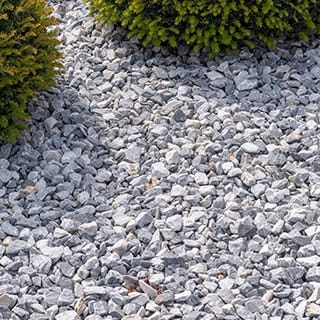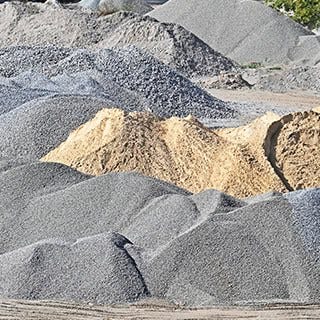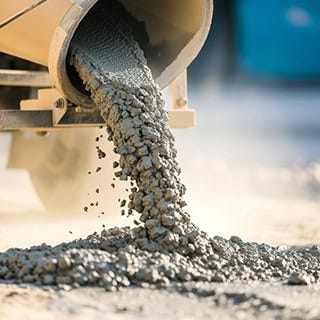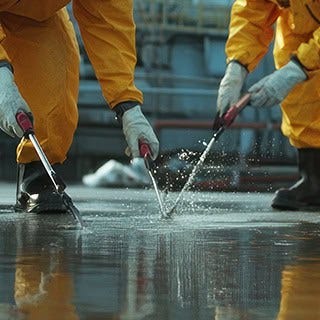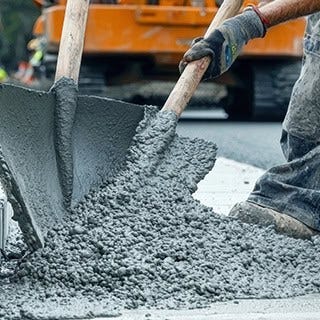The Complete Guide to White Cement
Cement has been essential in architecture for centuries, with its composition evolving into the modern form used today. White cement, a blend of limestone, clay, and silica sand, provides a bright white finish, crucial for creating pure white concrete or mortar. This guide explores the uses, benefits, and dyeing options for white cement.
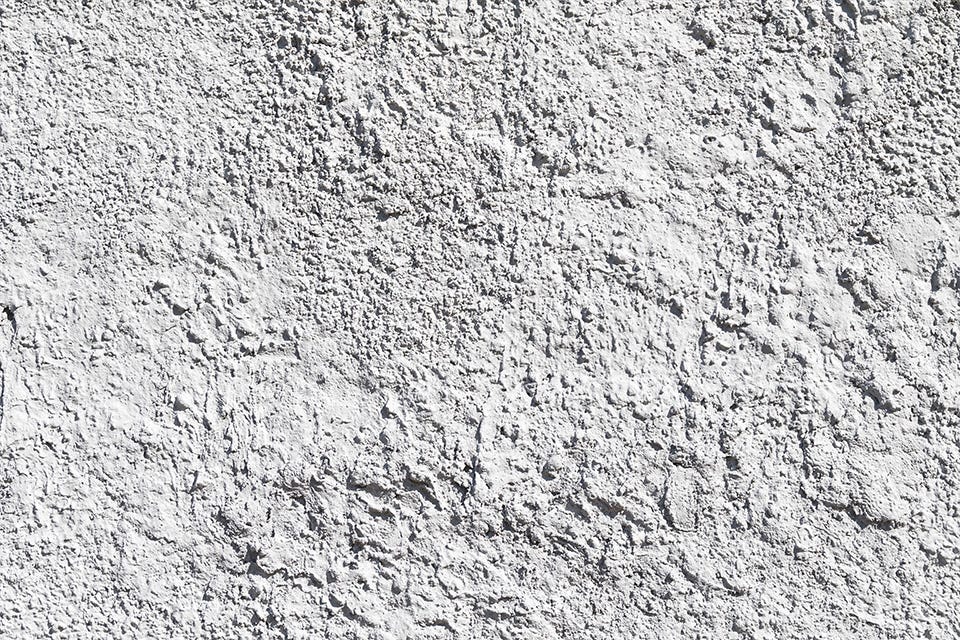

What is White Cement Used For?
On its own, white cement can be used for many things. Both attractive and durable, it is often used as cement paint for exteriors, a primer for walls, as a drywall base coat, and as an adhesive. Its most common use is as a component in concrete and mortar rendering.
Grey concrete is most often used for structural building, as it is more cost-effective than selected white or light-coloured variants. While white concrete offers the same level of strength, it will be commonly used for more decorative exterior elements and finishes, as well as in interiors, such as finishes for beautiful kitchen countertops. White concrete also has the added benefit of remaining white even as the structure ages.
How Long Does White Cement Take to Dry?
The drying time for white cement is very similar to standard portland cement. The mix should be set in about 30 minutes, then is likely to properly set within 8 to 10 hours. When white cement is used in concrete, average drying times apply. So, you can expect concrete to be dry, and weight-bearing, within 24 to 48 hours. However, it is important to remember that concrete drying, white or otherwise, is an ongoing process that usually reaches maximum strength after 28 days.
How Much is a Bag of White Cement?
Prices of white cement mix will differ from supplier to supplier. It is more costly than regular portland cement, meaning it will rarely be used for large-scale projects or groundwork. Find the latest price for a 25kg bag of white cement below.
Are There Dyes for White Cement?
One of the advantages of white cement is its capability to be re-coloured. You can achieve both vivid and pastel colours by adding powdered pigments. These coloured powders can be added to regular portland cement, but for the best and most vibrant results, white cement is the preferred base.
Is White Cement Waterproof?
White cement is naturally waterproof, and will not require any additional waterproofing measures when used in a building. Its waterproof nature, as well as its ability to withstand much higher temperatures than other types of cement (thanks to its reflective white finish), make white cement a brilliantly versatile and dependable building material that can withstand the harsher elements when used on exteriors and the wear and tear of interior living.
Is White Cement Eco-Friendly?
You may have heard that white cement is environmentally friendly – and this is true. From a production standpoint, white cement requires less energy to produce than grey cement, and the manufacturing process is much cleaner. The main ingredient in white cement is limestone, which can be easily sourced across the world.
Another environmental benefit of white cement is its colour. The brilliant white finish reflects more light and, therefore, retains less heat than other types of cement. As a result of this, when used to make white concrete, structures will remain cooler in summer and minimise the amount of energy required to regulate temperatures. This not only reduces energy costs but also the overall carbon footprint of the structure.
White Cement vs Grey Cement: What is the Difference?
When it comes to strength both mixes will perform to a similar high level, and much of the discussion around differences in strength is still speculative, differing from brand to brand. Both will only achieve their full strength and durability potential when mixed into concrete.
Grey cement is made using iron oxide and manganese oxide, whereas to produce white cement these elements are greatly reduced. This contributes to the overall density of grey cement, while white cement is generally much finer in comparison, making for a smoother finish. As we have mentioned already, grey cement is much cheaper than white, making it a better choice for most construction projects. White cement is reserved for special touches and ornate exteriors and floorings.
Our Range of White Cement and Other Building Materials
We stock a wide range of cement products, tools, and aggregates that you can browse. Alternatively, if you are looking for something more practical or cost-effective, we also stock general-purpose cement.
Have you heard of our trade accounts? These accounts offer exclusive access to certain ranges, high-speed delivery on all products, and 30-day interest-free credit, all to save you time and money. Account holders will also have access to a dedicated account manager who will be on call to help with large-scale or bespoke orders. Sign up through our website today. If you have any questions for us, use the contact form below and we will respond ASAP.
More like this
- Your Best Options for Stud Wall Insulation
- Loft Insulation Installation: Trade Tips and Common Mistakes
- Everything You Need to Know About Foam Board Insulation

